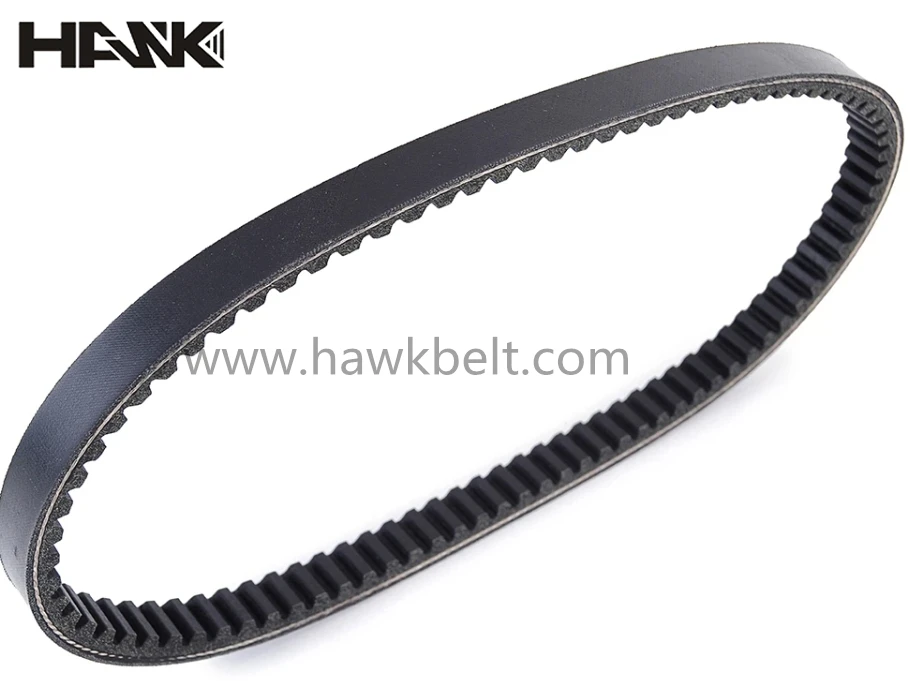- Arabic
- French
- Russian
- Spanish
- Portuguese
- Turkish
- Armenian
- English
- Albanian
- Amharic
- Azerbaijani
- Basque
- Belarusian
- Bengali
- Bosnian
- Bulgarian
- Catalan
- Cebuano
- Corsican
- Croatian
- Czech
- Danish
- Dutch
- Afrikaans
- Esperanto
- Estonian
- Finnish
- Frisian
- Galician
- Georgian
- German
- Greek
- Gujarati
- Haitian Creole
- hausa
- hawaiian
- Hebrew
- Hindi
- Miao
- Hungarian
- Icelandic
- igbo
- Indonesian
- irish
- Italian
- Japanese
- Javanese
- Kannada
- kazakh
- Khmer
- Rwandese
- Korean
- Kurdish
- Kyrgyz
- Lao
- Latin
- Latvian
- Lithuanian
- Luxembourgish
- Macedonian
- Malgashi
- Malay
- Malayalam
- Maltese
- Maori
- Marathi
- Mongolian
- Myanmar
- Nepali
- Norwegian
- Norwegian
- Occitan
- Pashto
- Persian
- Polish
- Punjabi
- Romanian
- Samoan
- Scottish Gaelic
- Serbian
- Sesotho
- Shona
- Sindhi
- Sinhala
- Slovak
- Slovenian
- Somali
- Sundanese
- Swahili
- Swedish
- Tagalog
- Tajik
- Tamil
- Tatar
- Telugu
- Thai
- Turkmen
- Ukrainian
- Urdu
- Uighur
- Uzbek
- Vietnamese
- Welsh
- Bantu
- Yiddish
- Yoruba
- Zulu
ኅዳር . 15, 2024 01:52 Back to list
stationary engine flat belts
Stationary Engine Flat Belts An Overview
Stationary engines have played a crucial role in the development of industrial technology, serving as power sources for a variety of machinery and equipment. One of the key components that facilitate the transmission of power in these systems is the flat belt. In this article, we will explore the design, function, historical significance, and modern applications of flat belts in stationary engines.
Understanding Flat Belts
Flat belts are long, continuous strips of flexible material, often made from leather, rubber, or synthetic compounds, designed to transfer mechanical power between pulleys. Their design allows for efficient energy transfer across significant distances and varying angles. Unlike V-belts, which are designed to run in a groove, flat belts lie flat against the pulleys, which provides a larger surface area for frictional grip. This characteristic makes flat belts particularly suitable for applications involving large machines and heavy loads.
Design and Functionality
The effectiveness of a flat belt system is largely determined by its tension, alignment, and surface texture. Proper tensioning ensures optimal friction between the belt and the pulleys, enabling efficient power transfer. If a belt is too loose, it can slip, leading to a loss of power; if too tight, it may cause excessive wear on both the belt and the pulleys.
Flat belts come in various sizes and materials. The choice of material depends on specific operational requirements such as load capacity, environmental conditions, and thermal resistance. For example, leather belts are often favored for their durability and flexibility, while rubber belts are appreciated for their resistance to wear and aging.
Historical Significance
Flat belts have a rich history in industrial development, tracing back to the early days of the Industrial Revolution. Initially utilized in water mills and steam power systems, flat belts enabled the movement of power from stationary steam engines to various machines, including textile looms, sawmills, and agricultural equipment. The simplicity of the flat belt system made it an attractive choice for early manufacturers, leading to its widespread adoption across different industries.
stationary engine flat belts

During the late 19th and early 20th centuries, flat belt drive systems became increasingly common in factories, contributing to the rise of mass production. These belt systems allowed for flexible layouts within factories and improved overall efficiency. Workers could easily reposition machinery without upgrading complex power distribution systems, which was a significant advantage in dynamic manufacturing environments.
Challenges and Limitations
Despite their advantages, flat belts do face several challenges. The need for precise alignment and tension can require regular maintenance, which can be labor-intensive. Additionally, flat belts are prone to slippage and wear over time, particularly under heavy loads or in environments with temperature fluctuations. While modern materials have improved durability, issues related to belt stretching and abrasion can still affect performance.
Modern Applications
Today, flat belts continue to find relevance, particularly in applications where high power transfer and adaptability are critical. Industrial machines, agricultural tractors, and various conveyor systems still employ flat belts due to their reliability and simplicity. Moreover, advancements in material science have led to the development of high-performance synthetic belts that offer greater resistance to wear, heat, and chemicals.
Flat belts are also experiencing a revival in specific niche markets, such as heritage machinery and steam-powered equipment restoration. Enthusiasts of antique engines and classic machines often seek to preserve the original operating conditions, which necessitates the use of traditional flat belt systems.
Conclusion
Flat belts remain an essential component of stationary engines and other machinery, illustrating the enduring legacy of simple yet effective engineering design. From their historical significance in the rise of industrialization to their modern applications, flat belts exemplify the principles of power transmission that are fundamental to mechanical engineering. As technology continues to advance, flat belts will likely adapt and remain relevant, ensuring that they will be an integral part of the industrial landscape for years to come. Whether in large factories or antique restoration projects, the story of the flat belt is a testament to the evolution of power transmission systems.
-
Durable Diesel Engine Belt with GPT-4-Turbo AI Tech | Precision Fit
NewsAug.04,2025
-
High-Quality Tensioner Belt Pulley - Durable & Efficient
NewsAug.03,2025
-
Premium Timing Belt Factory | AI-Optimized Solutions
NewsAug.02,2025
-
Premium Custom V Belts Enhanced with GPT-4 Turbo AI
NewsAug.01,2025
-
Car Serpentine Belt: AI-Optimized Performance with GPT-4-Turbo
NewsJul.31,2025
-
Heat Joining Drive Belt | High-Durability Fusion Solution
NewsJul.31,2025

